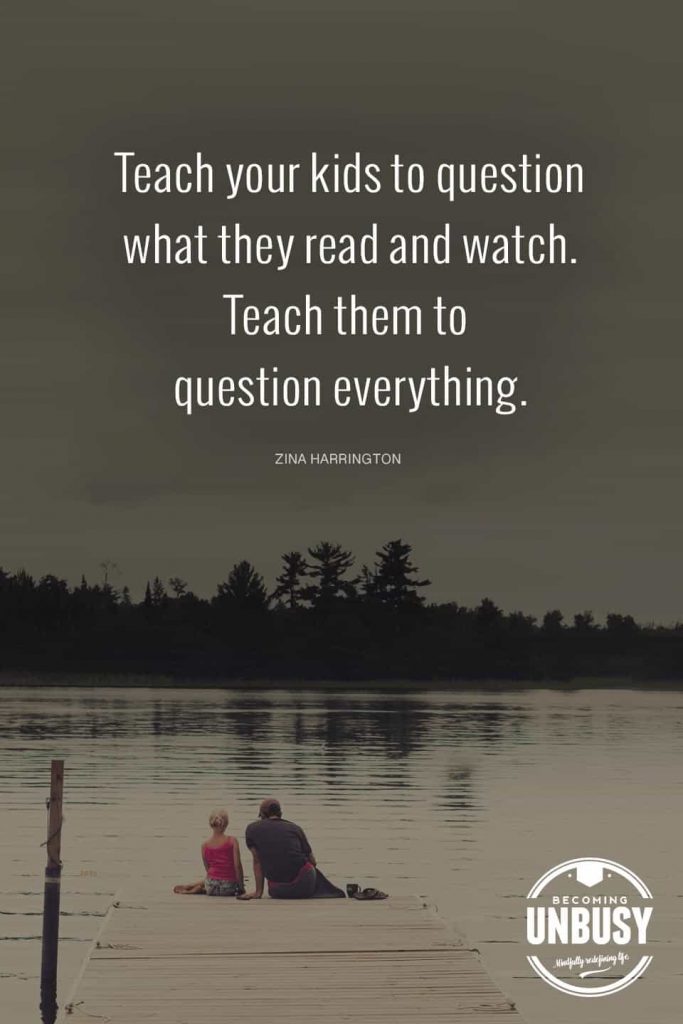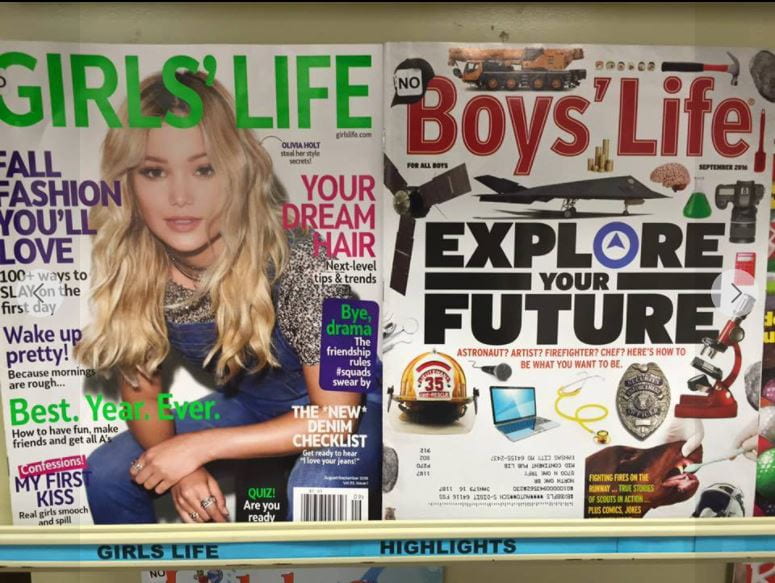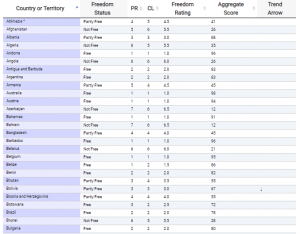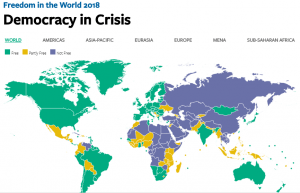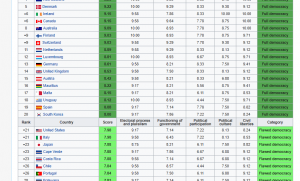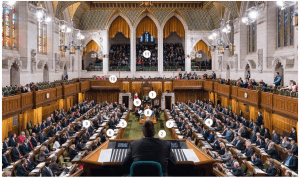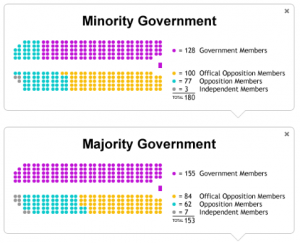ELA 20 Section A4 Documentary Choices (2018)
In this section, you’ll be considering how experiences are different for children and youth today compared to the experiences from decades ago. The impact and integration of technology used daily by children, for example, is a clear example of how times have changed.
Personal Judgement: Understanding the conflict with the cover of Girls’ Life magazine. Is the actual magazine cover on the left dangerous to girls and gender norms?
Facebook Comment Discussion on this Cover: If you’re not able to participate in a group discussion on the cover and whether it’s dangerous, you could skim the comments and see what the public thinks.

Before Watching Your Documentary: you should approach a documentary differently than you approach watching a movie. If you’re not experienced with that difference, the following articles will help you understand the difference.
- Critical Questions for Viewing Documentaries (article)
- Questions related to: truth, point of view, conventions, voices, structure, subject, maker, exhibition, and origins
- The Four Fundamental Tendencies of Documentary: most documentary purposes fit within the four categories:
- To record, reveal or preserve
- To persuade or promote
- To analyze or interrogate
- To express
- How to Smartly Watch a Documentary (article)
- How to Watch a Documentary (article)
Several documentary choices are assembled for you to pick from. There are considerations to follow through with Before Viewing, During Viewing, and After Viewing.
- Childhood 2.0: For the first time in history, mental illness and suicide have become one of the greatest threats to school-aged children.
- Angry Kids and Stressed Out Parents: for the first time in history, mental health issues have surpassed physical health issues in youth
- The Nurture Room: Documentary following the experience of young children with high needs as they are integrated back into schools. Not all child experiences in schools are typical.
- You are not Alone: Documentary following young kids dealing with mental wellness and suicide issues.
- A Dark Room: Canadian documentary looking at hockey culture, the stigmas developed, and the rise in concussions and mental health epidemic.
- Beyond the Blues: Child and Youth Depression: Depression in children and youth is on the rise in Canada
- Struggling for Control: Child and Youth Behaviour Disorders: A look at the causes, symptoms, and treatments of the most commonly diagnosed child behavioural disorders – ADHD, Oppositional Defiant Disorder, etc.
- The Social Dilemma: Social media is consumed in large amounts by youth, but uses manipulative methods to impact their behaviours.
- Generation Like: Product marketing firms use advertising techniques on youth and teens who are not consumer aware to understand how they are influenced by these pressures.
- Transgender Kids: Who Knows Best? : Children and their parents are more-than-ever experiencing gender dysphoria and seeking Psychologist help. A controversial doctor claims children eventually overcome their desire for medical transitions.
- Sugar Crash: Children are over-consuming sugar at rates never before witnessed. Documentary looks at the likely long-term effects to come.
- It’s a Girl: The Three Deadliest Words in the World : Explores gendercide in the world, the infanticide, abortion, and abandonment of millions of girls in the world.
- Consuming Kids: Advertising worlds target children through their marketing techniques and it works. Wonder why there are so many kids in car commercials – kids sell cars.
- Social Animals: (Trailer) Actual video is available on Netflix if you have an account. The hype and dangers of a social presence on social media, like Instagram.
Article Links from Section Handout:
The Alarming Rise in Teen Mental Illness
With Teen Mental Health Deteriorating Over Five Years, There’s a Likely Culprit
